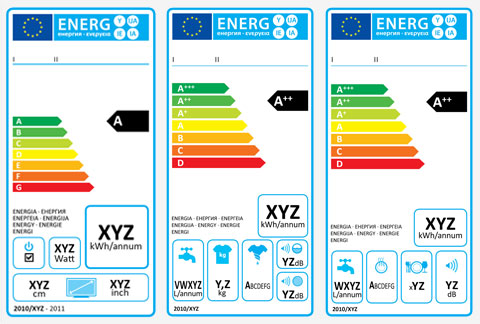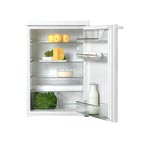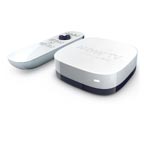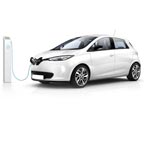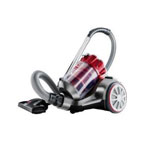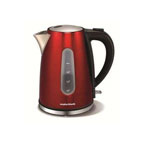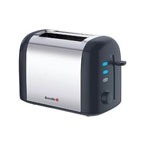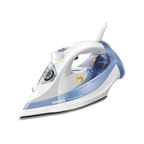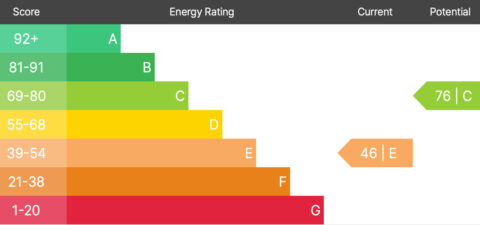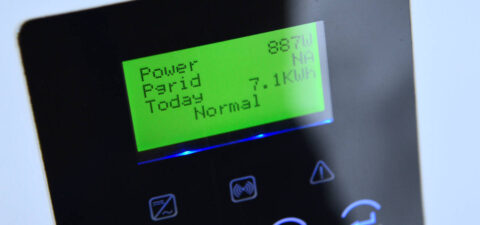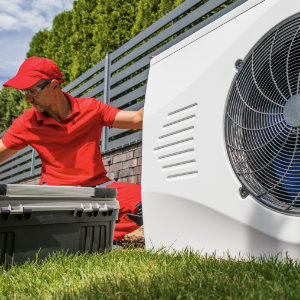What are the main differences between the old and the new label?
The new labelling system allows up to three classes (A+ to A+++) to be added on top of class A so as to provide consumers with more differentiation between products. If the majority of the market reaches the upper two classes (A++, A+++), the classification will be reviewed. However, it is expected that classes A+++ are close to the technological limit of possible efficiency improvements.
Televisions ranked by annual running cost
Manufacturers of Televisions will have to declare the energy efficiency of their products, using an A to G scale. The label must be clearly shown on the TV set and in advertisements, if the prize of TV is mentioned.
The new labels are language free and will be added in the packaging of each appliance and TVs. This will allow retailers to easily attach the label to the appliances and televisions at the point of sale and avoid today’s situation where appliances are often mislabelled.
When will the Regulations enter into force and when will the label become mandatory?
The entering into force of the Regulations is subject to the right of objection of the European Parliament and Council. If they do not object, the Regulations should enter into force around December 2010 or February 2011. The label will be allowed on a voluntary basis immediately after the entry into force of the Regulation and become mandatory on all appliances placed on the market one year after the entry into force of the Regulations.
Why does the energy label for televisions have seven classes from A to G while the energy label on refrigerators, dishwashers and washing machines goes up to class A+++?
The principle is that the energy label starts with the classes A to G when it is introduced for the first time on the market (which is currently the case for televisions). Refrigerators, dishwashers and washing machines have already been displaying the energy label with the A to G classes for more than 10 years. As a result of the technological improvement triggered by the label, around 90% of those products currently reach class A. This is why new classes have been introduced on top of class A to allow consumers to differentiate “better than A” products.
How much electricity can a household save with the highest energy class on the label?
The actual amount of energy saved depends of course on a concrete product (its size and features). For example, a refrigerator-freezer in class A+++ will consume on average 60% less than a refrigerator-freezer in class A. A dishwasher or a washing machine in class A+++ will consume on average 30% less than a dishwasher or a washing machine in class A.
Will the TV and other equipment be more expensive for consumers?
The label scheme does not increase the prices. Energy efficient products tend to cost more but they save energy. The label gives the consumer the choice which product they prefer.
Does the introduction of these new labels ban some household equipment from the market?
The label does not ban any product from the market but provides information and market transparency to assist consumers to make an informed purchasing decision. It ensures that all products are comparable using the same test methods and classification. The aim of energy labelling is to provide incentives for industry to develop further improved products and innovations beyond the “minimum” mandatory energy efficiency levels.
How will the new label be introduced at the point of sale? Is an old class A of household refrigerating appliances, dishwashers and washing machines the same as the new one?
The new label will gradually be introduced at the point of sale, meaning that consumers are likely to see the old and the new label close to each other for several months at the point of sale. However, since an old class A or B appliance is equivalent to a new class A or B, consumers will still be able to compare products at the point of sale on the basis of both energy labels.
What is the difference between energy labels, ecolabels and ecodesign?
Energy labels are adopted by the European Commission on a product by product basis (energy labelling Directive 2010/30/EU). They display ranking of products according to their energy efficiency consumption on an A to G scale, the A class (green) being the most energy efficient appliances and the G class (red) the least. Once the majority of products reaches class A, up to three classes (A+/A++/A+++) are added on top of class A.
See the most energy efficient...
← SWIPE →
Energy labels are mandatory for all appliances placed on the EU market and should always be clearly displayed on each appliance at the point of sale.
Ecolabels are voluntary labels adopted by the European Commission on a product by product (Ecolabel Regulation (EC/66/2010). The Ecolabel, i.e. the flower logo, may be displayed on products and promotional material on a voluntary basis if they respond to a list of the criteria pre-defined in implementing measures of the Commission and guaranteeing that the product is among the most environmentally friendly in his sector.
Ecodesign requirements are adopted by the European Commission on a product by product basis (ecodesign Directive EC/2009/125). They set minimum requirements on the performance of the products so as to improve their environmental impact. Ecodesign requirements are mandatory and must be met by all products to be allowed to be placed on the EU market. They are based on an assessment of the impact of the product on the environment throughout its life-cycle, starting from the production stage, through to production, distribution and disposal.
See the most energy efficient...
← SWIPE →
